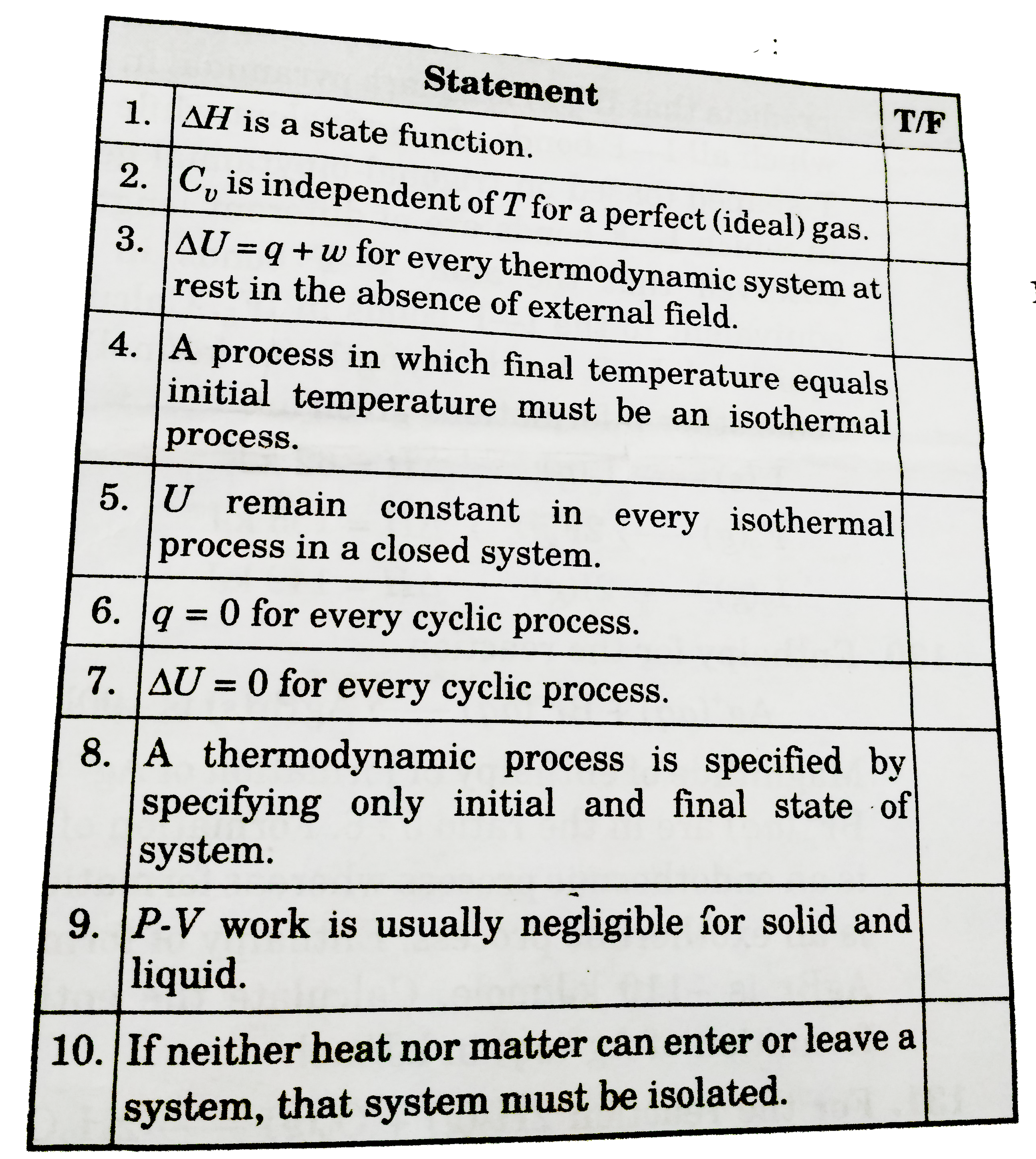A false statement is
Angle of contact θ<90∘, if cohesive force < adhesive force
Angle of contact θ>90∘, if cohesive force > adhesive force
Angle of contact θ=90∘, if cohesive force = adhesive force
If the radius of capillary is reduced to half, the rise of liquid column becomes four times
The correct Answer is:D
To determine which statement is false regarding surface tension and capillarity, let's analyze each statement step by step.
Step 1: Analyze the First Statement
- Statement: The angle of contact is less than 90 degrees, so the adhesive force is less than the cohesive force.
- Analysis: This statement is true. When the angle of contact is less than 90 degrees, it indicates that the adhesive forces (between the liquid and the solid) are stronger than the cohesive forces (within the liquid).
Step 2: Analyze the Second Statement
- Statement: The angle of contact (θ) is greater than 90 degrees, so the adhesive force is greater than the cohesive force.
- Analysis: This statement is also true. When the angle of contact is greater than 90 degrees, it indicates that the cohesive forces are stronger than the adhesive forces.
Step 3: Analyze the Third Statement
- Statement: When the angle of contact is 90 degrees, the cohesive force is equal to the adhesive force.
- Analysis: This statement is true. At an angle of contact of 90 degrees, the forces balance out, meaning cohesive and adhesive forces are equal.
Step 4: Analyze the Fourth Statement
- Statement: If the radius of the capillary is reduced to half, the rise in the liquid column becomes 4 times.
- Analysis: This statement is false. The height (h) of the liquid column in a capillary tube is inversely proportional to the radius (r) of the tube, as described by the formula:
h∝1r
If the radius is reduced to half (r/2), the height will actually become:
h′=2h
Thus, the rise in the liquid column does not become 4 times but rather doubles.
Conclusion
The fourth statement is false, and therefore, the answer is option D.
---
- Statement: The angle of contact is less than 90 degrees, so the adhesive force is less than the cohesive force.
- Analysis: This statement is true. When the angle of contact is less than 90 degrees, it indicates that the adhesive forces (between the liquid and the solid) are stronger than the cohesive forces (within the liquid).
- Statement: The angle of contact (θ) is greater than 90 degrees, so the adhesive force is greater than the cohesive force.
- Analysis: This statement is also true. When the angle of contact is greater than 90 degrees, it indicates that the cohesive forces are stronger than the adhesive forces.
- Statement: When the angle of contact is 90 degrees, the cohesive force is equal to the adhesive force.
- Analysis: This statement is true. At an angle of contact of 90 degrees, the forces balance out, meaning cohesive and adhesive forces are equal.
- Statement: If the radius of the capillary is reduced to half, the rise in the liquid column becomes 4 times.
- Analysis: This statement is false. The height (h) of the liquid column in a capillary tube is inversely proportional to the radius (r) of the tube, as described by the formula:
h∝1r
If the radius is reduced to half (r/2), the height will actually become:
h′=2h
Thus, the rise in the liquid column does not become 4 times but rather doubles.
The fourth statement is false, and therefore, the answer is option D.
Topper's Solved these Questions
Similar Questions
Knowledge Check
- Question 1 - Select One
Among the following, the false statement is :
AIt is possible to cause artificial rain by throwing electrified sand carrying charge opposite to the one on clouds from an aeroplane.BTyndall effect can be used to distinguish between a colloidal solution and a true solution.CLyophilic sol can be coagulated by adding an electrolyte.DLatex is a colloidal solution of rubber particles which are positively charged. - Question 2 - Select One
The false statement in the following is
Ap∧(~p) is a contradictionB(p→q)↔(~q→~p) is a contradictionC~(~p)↔ is a tautologyDP∨(~p) is a tautology - Question 3 - Select One
The false statement in the following is
Aradiations are electromagnetic wavesBradiations can pass through vacuumCradiations travel with the velocity of lightDnone of the above


